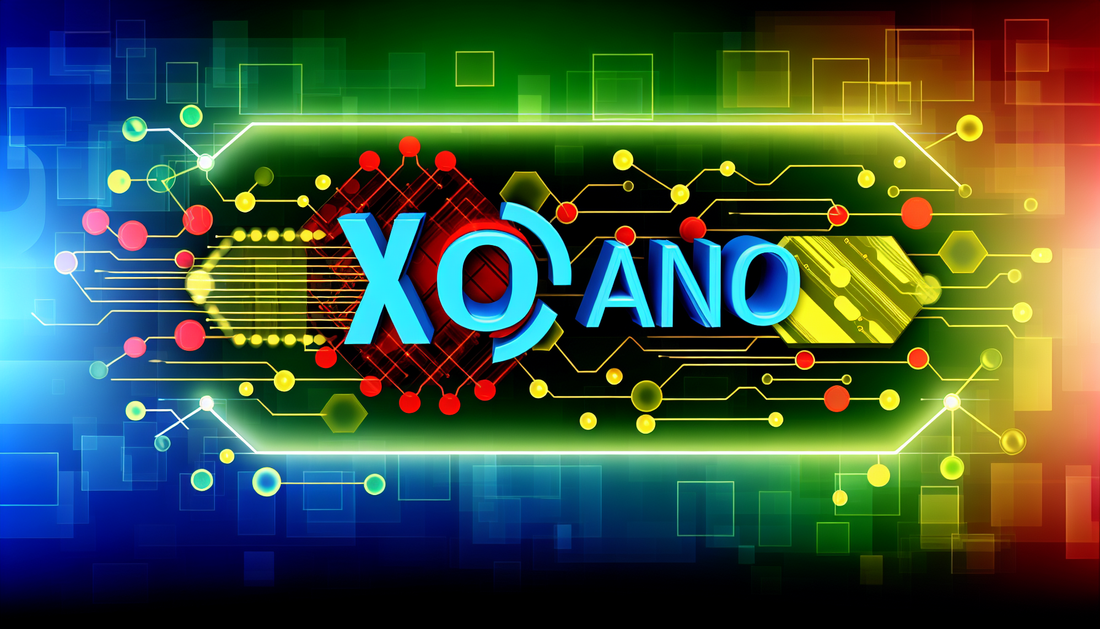
Nano (XNO): The Future of Fee-less Transactions
Share
Understanding Nano (XNO): How It Works
Nano (XNO) is a unique cryptocurrency asset that stands out in the blockchain sphere due to its innovative approach to transaction processing. Unlike traditional cryptocurrencies that rely on energy-intensive proof-of-work (PoW) or complex proof-of-stake (PoS) systems, Nano utilizes a block-lattice structure and a delegated proof-of-stake (DPoS) mechanism. This structure ensures that transactions are fast, fee-less, and highly efficient, making it an attractive option for users looking for practical, everyday crypto usage.
The Block-Lattice Architecture
Nano’s architecture is based on a block-lattice design, where every account has its own blockchain, known as an account chain. This means each transaction is stored directly on the user’s account chain, enabling transactions to be confirmed independently and asynchronously. The decentralization of ledgers in Nano's design allows for seamless updates on just the relevant account chain without affecting the overall network. This innovative structure means transactions can be processed quickly without congestion or bloating, typically associated with monolithic blockchain systems.
Delegated Proof-of-Stake (DPoS)
Nano employs a delegated proof-of-stake mechanism, where account holders can vote for representatives by delegating their balances. These representatives help secure the network by validating transactions and preventing double-spending. The DPoS system in Nano focuses on both security and speed, providing an incentive for representatives to act honestly through a pseudo-decentralization model that doesn’t put excess power in the hands of a few large validators.
Key Features and Benefits
- Fee-less Transactions: One of Nano’s most appealing features is its zero-fee structure. Since users are not charged fees for transactions, it is particularly suitable for micropayments and frequent transactions.
- Speed: With its unique architecture, Nano processes transactions almost instantaneously, making it one of the fastest cryptocurrencies available.
- Environmental Efficiency: Unlike Bitcoin and Ethereum, which require energy-intensive mechanisms, Nano’s protocol is exceptionally light and environmentally friendly.Learn more about decentralized protocols.
Overall, Nano offers a compelling alternative for those seeking to integrate cryptocurrency into daily financial activities without the drawbacks of traditional blockchain mechanisms. Despite its niche focus, the Nano network exemplifies how innovation in transaction architectures can lead to practical improvements in usability and scalability in the crypto industry. For those interested in the broader scope of governance and user-centric protocols, check out The Silent Power of User-Centric Protocols.
```